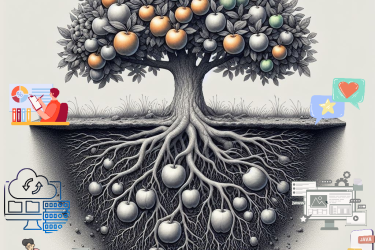Google’s Project Butter addresses speed to make the user experience “buttery smooth” in three distinct areas. Project Butter applies to the entire OS, not just the launcher, so this smoothness should be immediately available in every app running on Jelly Bean.
Vsync
Vsync improves graphical performance and increases the frame rate to 60fps! To ensure a consistent frame rate across the entire experience, Android 4.1 extends vsync timing across all drawing and animation that the Android framework handles. Everything is coordinated to a 16 millisecond vsync “heartbeat” — application rendering, touch events, screen composition, and display refresh — so frames don’t get ahead or behind.
Triple Buffering
There are three major components involved in showing something on the screen: the CPU, GPU, and the display itself. Triple Buffering allows the CPU, GPU, and display to work together for much smoother animation. Triple Buffering brings more consistent rendering that makes everything feel smoother, from scrolling to paging and animations.
Touch Responsiveness
Touch Responsiveness “anticipates” or predicts where you’re likely to put your finger on the screen, and gets ready for that tap, making whatever action is behind it that much faster to load.
Jelly Bean reduces touch latency by synchronizing touch to vsync timing (which we mentioned above). By anticipating where your finger will be at the time of the screen refresh, Android 4.1 is more reactive and and presents a more uniform touch response. Also, after periods of inactivity when Android has dropped the CPU speed to extend your battery life, the OS will apply a CPU “input boost” at the next touch event, to make sure the CPU is ramped up to speed so there’s no latency.
At the conference Google set up a camera capable of showing hundreds of frames per second, and compared a Galaxy Nexus running Ice Cream Sandwich to another running Jelly Bean. The results were quite impressive.


